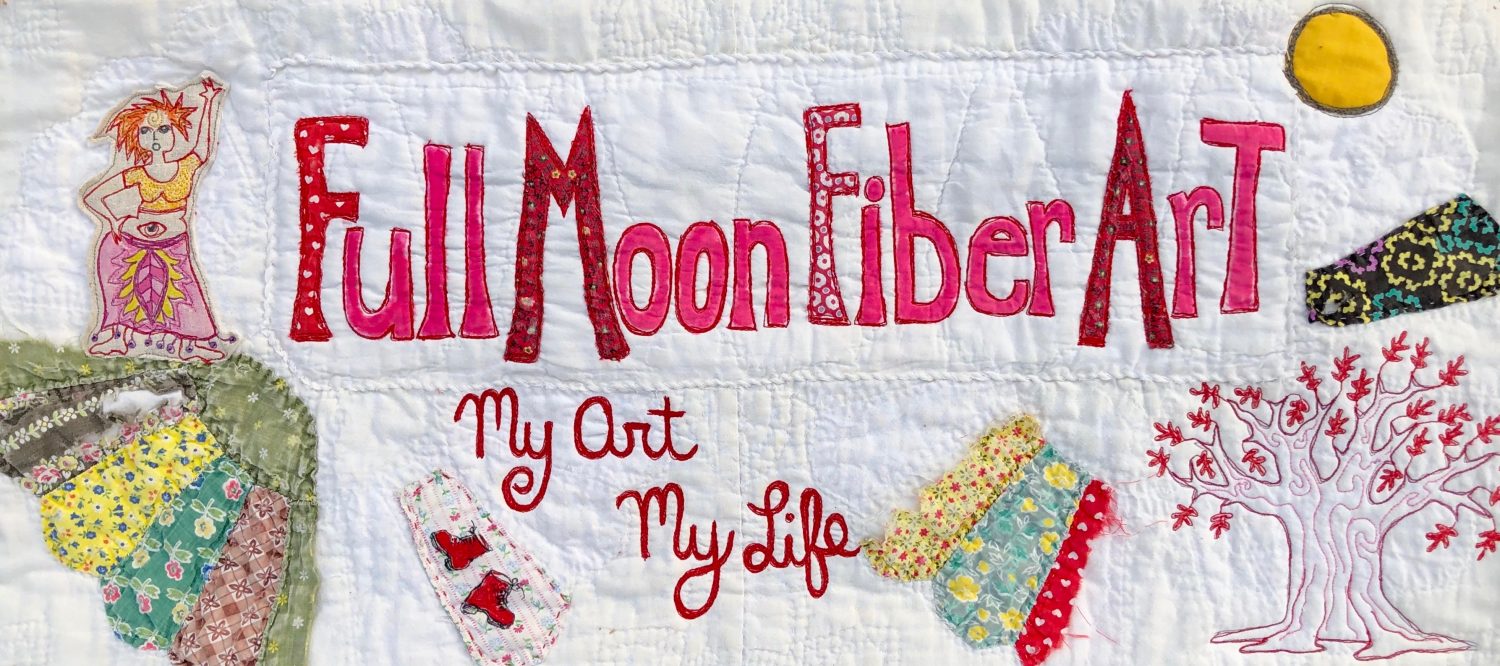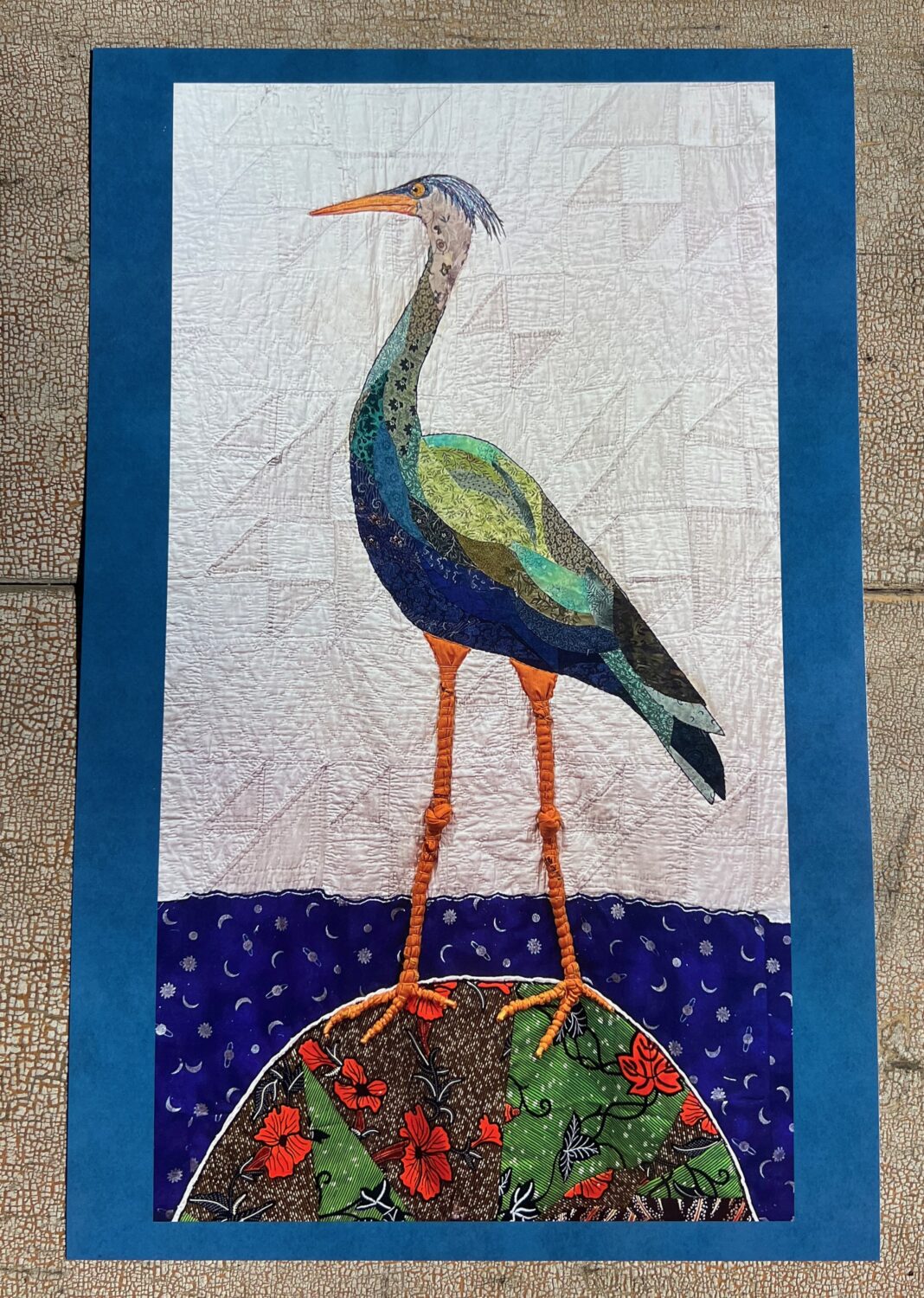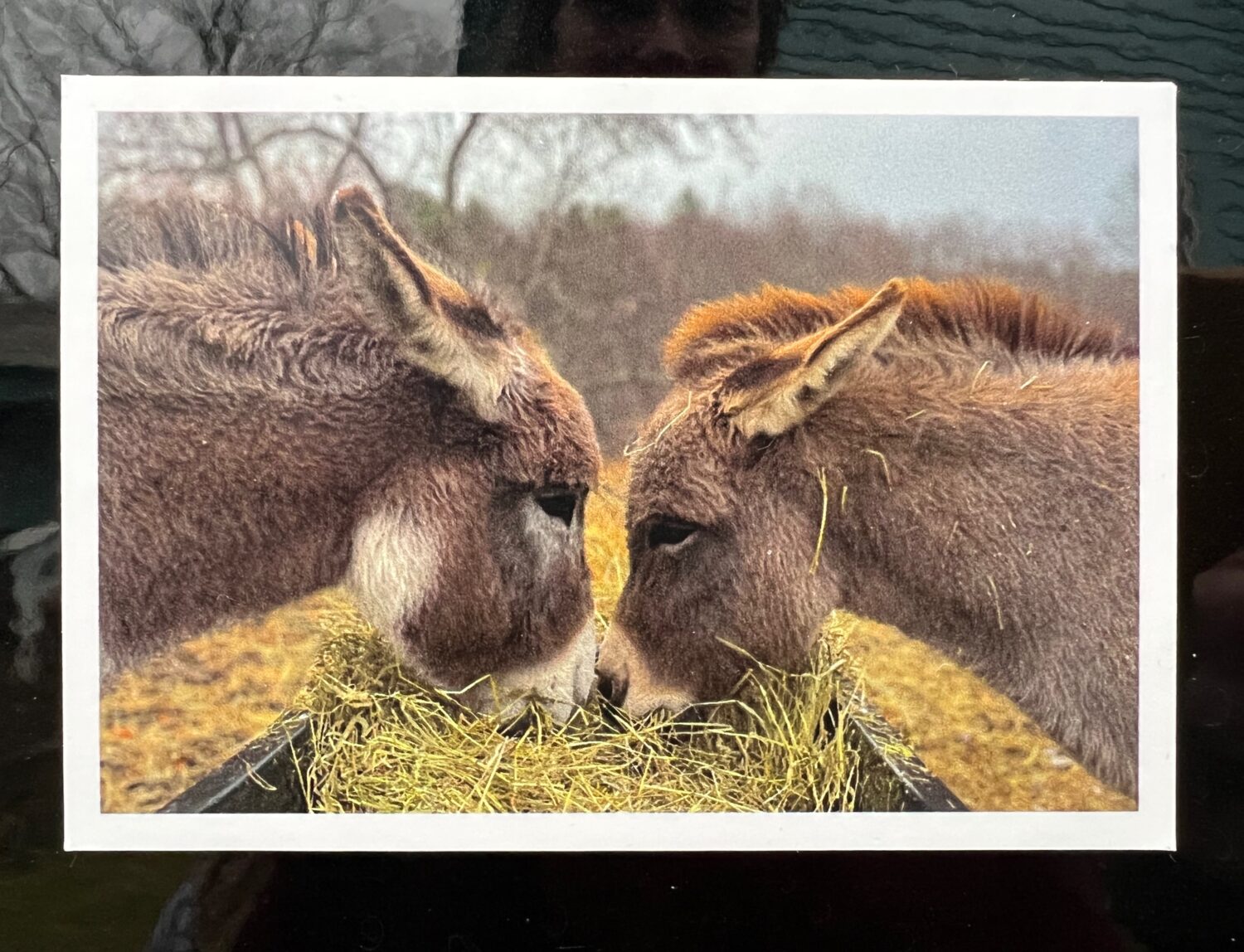
I’ve been battling with the Pokeweed growing in our barnyard before I even knew its name. I usually cut it down at least once a year, if not more, hoping that will help stop its spread.
Last year, I thought of the Nettles that used to grew rampant on Old Bedlam Farm. No matter how I tried to avoid them, too often I came back to the house with those painful, itching bumps on my arms or legs. Years later, I started drinking nettle tea, an anti-inflammatory, for my yearly spring and fall allergies.
Instead of cursing the Nettles I could have harvested them and dried them for tea.
So instead of fighting the Pokeweek, I decided to see if we could work together somehow.
That’s when found out the berries can be made into a dye. Wouldn’t it be wonderful, I thought, to use my own dye, made from the pokeweed on my wool. Then I also found out how poisonous the berries are, especially to people with diabetes.
Not that I would have actually done it anyway.
There is enough to do around the farm without making natural dyes. I do believe staying focused on my work and limiting what that work is, is essential to doing it well.
This year I cut the plants back when they first started to grow in the spring. Being invasive, they quickly grew back. I decided to deal with them by letting them grow in a certain area.
Thought poisonous to humans, the berries are food for 30 different kinds of birds, and important nourishment for migrating birds. Hummingbirds and bees love them and Leopard Moths eat the leaves.
When I see a small Pokeweed plant sprouting anyplace else on the farm, I immediately pull it up, trying to get the whole root. Just as someone who’s brushed up against Poison Ivy, I can recognize pokeweed a mile away. It’s one of the few plants I throw in the garbage, not wanting to take any chances.
Luckily like other poisonous plants that grow in the pasture, the sheep and donkeys have no interest in it.
Before I knew what Pokeweed was, I found it interesting and beautiful. Once I saw how it would take over the barnyard if I let it, I began to see it as a menace that needed to go.
But this morning, dew was sparkling on the leaves and the sun was shining through the small pink stems that the flowers and berries grow on. I took some close up pictures and marveled at the beauty of the tiny white flowers and puckered green berries.
For the first time in a long time, I was able to look at the Pokeweed, and instead of cursing it, see its beauty.
I’m sure at some point, maybe as I try to dig up the long taproots to keep it in check, I won’t be feeling as kind towards it. But I know I’ll never get rid of it completely, so we will have to figure out how to live together.
And seeing Pokeweed as a complex plant, that benefits so many animals instead of just being invasive, will help.
















I took a botanical art course where the instructor had us wipe a pokeweed Berry across a white sheet of paper. It makes the most beautiful shade of vibrant magenta- nothing like the deep blue of the berries. Our instructor said the color was almost impossible to reproduce with paint. I never tried to reproduce it in paint but I still enjoy wiping those berries on white paper! And yes those tiny white flowers are kind of adorable.
I love that Lois. When I was in art school I pressed tomatoes leaves onto paper to get the green color. I loved the way it smelled too. I’ve read that people used to make ink from pokeweed berries.
Pokeweed has been shown in nonhuman studies to have anti-tumor properties and to have activity against herpes viruses and HIV. And yes all parts of the mature pokeweed plant contain toxins, but the root is most toxic. Research continues.
I had’t read anything about that Sharon. Interesting for sure.
That’s a good tip Maria. I was told in a survival class to watch what the birds eat. What they eat we can eat. Sounds like Poke Weed is an exception.
That’s interesting Susan.
I love the color combo of it. I appreciated all the ways in which you looked at it and thought about it. Trying to live in harmony isn’t always easy, but good to try.
🙂
Pokeweed isn’t an invasive plant. It is a native perennial. The berries are toxic, as are the older parts of the plant, to eat, but not as a dye on fabric. I’ve used it for years. It is quite a nice color and works well on silk and wool. Like all perennials, cutting it regularly, or pulling it up, will get rid of a plant if it’s growing where you don’t want it eventually.
That’s interesting Tracy, because I’ve read several places that it’s invasive. I like the idea that it isn’t. I didn’t mean the dye was toxic, but getting it to the point where it becomes dye sounds really tricky. But then I’ve never done anything like that before. Thanks for all your info!
American Pokeweed (Phytolacca americana L.)
By David Taylor
American pokeweed is a member of the Phytolaccaceae, the Pokeweed family. Members of the family are found around the world in tropical and subtropical distribution with a few species that occur in temperate areas. About 16 genera and 100 species are recognized in the family. The genus Phytolacca contains about 25 species which range from herbs to shrubs to tall trees. Two native species of pokeweed are recognized in North America, one found across much of North America and one found in California and the southwestern U.S. A few tropical species have been introduced unintentionally in imported products or intentionally as ornamentals.
This pokeweed is usually 1.8 meter to 3.0 meters (about 6 to 10 feet) tall, but may in some instances reach 21 feet tall. One or more stems arise from a tuber-like taproot that can become large over several years. The often pinkish-red, smooth and partially hollow stem is rigid to flexible, not strong, and up to 5 centimeters (2 inches) diameter.
The leaves are alternate, thin, green on top, and lighter below. The leaves are usually 20 to 35 centimeters (7 3/4 to 14 3/4 inches) long by 10 to 18 centimeters (about 4 to 7 inches) wide. They are tapered at both ends. Bruised or crushed leaves and stems have a somewhat acrid odor.
Flowers are borne in pinkish racemes, linear clusters with each flower on a short stem. The flowers are usually white to greenish, but may be pinkish or purplish. Flowers have 5 sepals, no petals, about 10 stamens. It produces purple-black berries that are about 6 to 11 millimeters (1/4 to 2/5 inches) diameter with 6 to 12 seeds.
American pokeweed is a species of open or edge habitats, especially those where birds are able to roost. It is found at forest edge, in fence rows, under power lines, pastures, old field, forest openings, and other similar areas. It is sometimes a garden or yard weed. It is found from Washington south to California then east through Arizona and New Mexico to the Atlantic coast, north to Nebraska, Minnesota and Maine. It is also found in Ontario, Quebec, and New Brunswick in Canada.
This species may flower year around in southern states, and May to October in northern states. The entire plant is poisonous causing a variety of symptoms, including death in rare cases. The berries are especially poisonous. Young leaves and stems when properly cooked are edible and provide a good source of protein, fat and carbohydrate. Regional names for the plant include poke, poke sallet, poke salad, and pokeberry. The fruits are important food for mockingbirds, northern cardinals, and mourning doves. The name “phytolacca” means red dye plant. This is from the US Department of Agriculture.
Good Pokeweed info!